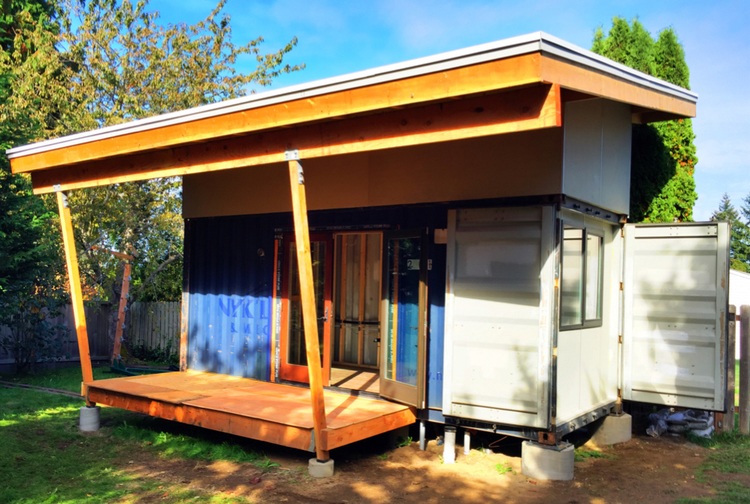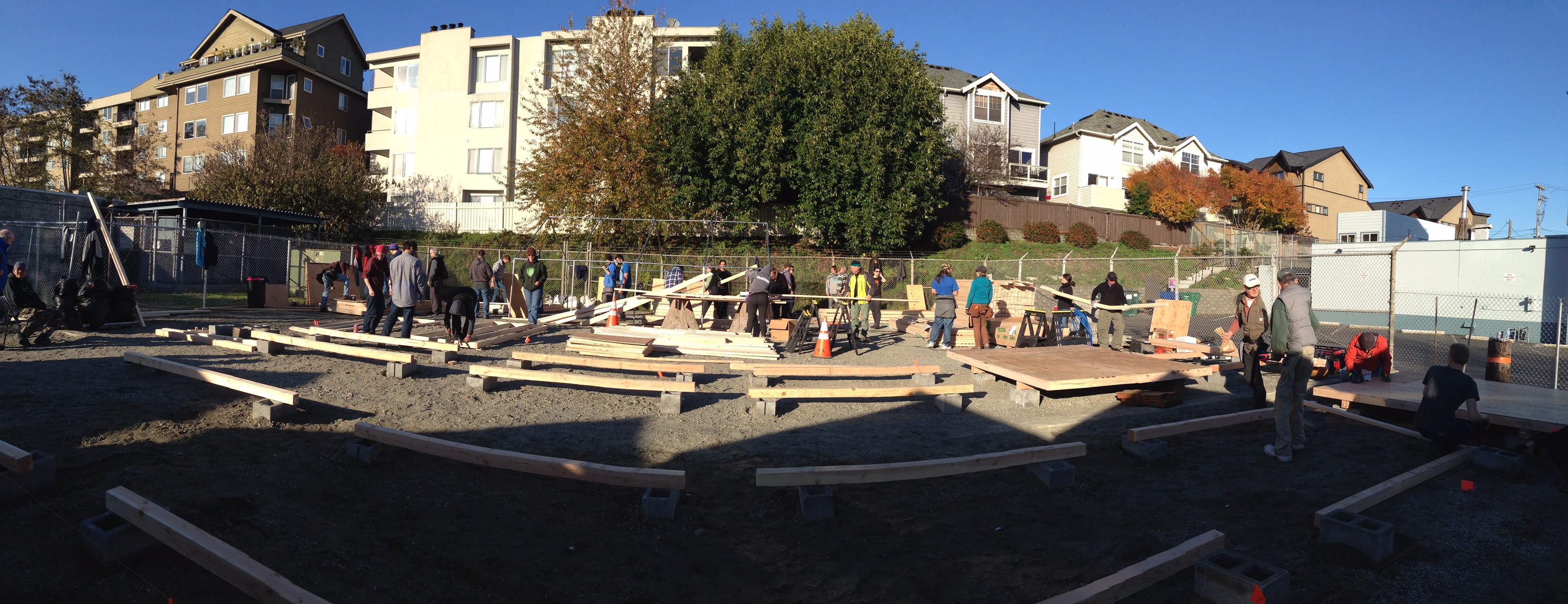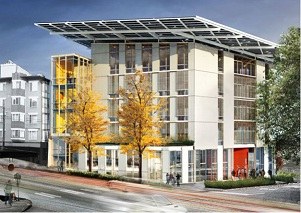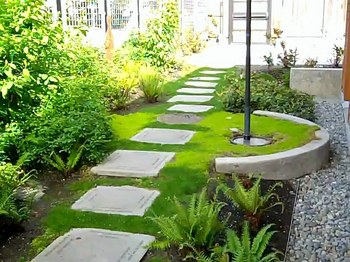Built with a re-purposed blue shipping container by hip Seattle EcoBuilders Sage Saskill and Mike Vacirca, the C-Box was designed as a Detached Accessory Dwelling Unit (DADU), known in Seattle as a “backyard cottage”. Since it would be used as a commercial kitchen to house the owner’s small culinary business, it was permitted as a “shed” i.e. accessory structure (non-dwelling).



